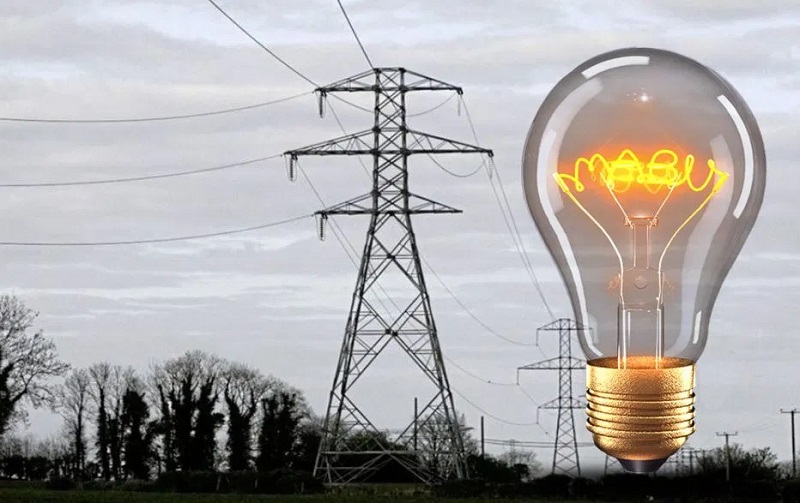Singapore is fortunate to have plenty of electricity providers in the upcoming open electric tender in 2020. Competition is generally good as it encourages innovation, better services, and cheaper pricing. On the downside, it creates many electricity providers, and that means you can easily get confused on which vendor to go with. In this article, you will learn how to find the right electricity provider for you based on your wants and needs, out of the many electricity providers Singapore.
In this article, we will introduce several factors you can choose an electricity provider on.
Fixed Vs. Variable Versus Vs. Peak and Off-Peak
Because of the many electricity providers in Singapore, you have the option of having a vendor based on:
- fixed cost and variable cost
- peak and off-peak cost
Fixed and Variable cost
Fixed costing means that you pay a specific amount per kilowatt-hour until your contract is over. Such a setup offers certain kinds of benefits. For example, you can better plan your monthly and yearly budgeting as you have a good idea of how much you will be paying for your electricity. On the downside, fixed costs will bite you if you cancel your plan, as it usually comes with a cancellation fee.
For example, Senoko is offering a 24-month fixed cost plan of 18.10¢/kWh (at the moment of writing this). That means that once you lock-in the contract, you will be paying 18.10¢/kWh until the 23-month contract is over.
The other popular plan goes by variable costing. As the name suggests, this means the amount you pay per kilowatt-hour varies depends on the tariff price that is set by SP group. In Singapore, the Discount Off Regulated Tariff is what is considered as variable costing. The price involved in variable costing changes every quarter. Also, the price is usually discounted based on the tariff price set by the SP group.
The most significant advantage of variable costing is that you can save money if the kilowatt per hour price falls below the fixed price plan. Also, there is little chance of dealing with cancellation fees. On the downside, predicting annual or monthly electricity bills can be difficult as the price of kilowatt per hour can change.
Peak and Off-Peak costing is the other option. Generally, with this plan, you have a different price of electricity for peak and off-peak hours. This plan allows you to save money if you and your family mostly use electricity during off-peak hours and weekends.
The important part here is to decide whether you prefer variable, fixed costing or peak versus off-peak costing first, so that you have a point of reference when comparing electricity providers. For example, an electric company will offer an excellent fixed cost plan, but the variable cost or peak and off-peak plan they are offering are lackluster. Such scenarios may happen a lot.
Collect And Compare
If you have finally decided between your three options, the next step is to go shopping. There are generally two ways of doing this. The first option is through visiting each website of the electricity providers and collecting the pricing and inclusions. This method may be tedious, but it will give you more accurate data.
Another option is to use websites that automatically make price comparisons for you. Typically, the the pricing plans from many of the electricity providers will be compiled in a single page. This option is certainly more convenient and faster as you only need to check out a few websites, but it has its downsides. There are times that the information is not accurate as the pricing may change, and it won’t be reflected on the tab. Furthermore, most websites that do such kind of comparison will only include a handful of electric companies. And that means the comparison data is not complete.
If you are trying to find a deal without spending too much time, then comparison websites are fine to use. If you want something that is thorough, then checking the pricing plans from the company websites is the preferred route.
Once you have gathered the necessary data, check the pricing and specific plans that you like. Also, you’d want to arrange your list based on most preferred, alternative suppliers, a third alternative and so on.
Verify
At this point, most of the hard work is done. The next step is all about calling or contacting the electricity provider. You will want to verify that the pricing plan and what is included is accurate. If the data is correct and you like the deal, you can proceed to sign up. If it’s not accurate, or you do not like the deal now, then you can move on to other options on your list.
Customer Support
This is often an underrated point when going with a new vendor service. All the money you save or other enticing inclusions they offer won’t mean a thing if something goes wrong with the electricity, and they have a slow support team which will take days or weeks for them to fix your electricity. The little money you save is not worth the stress. It’s one of the reasons why you should check out Senoko. Even if you do not choose the cheapest vendor, but when customer support is top-notch, any installation, repairs, or problems you may have are going to be immediately attended.
Conclusion
Choosing an electricity vendor might seem a daunting task if you have never chosen one before, and you will find it hard-pressed as to where to start or what to look out for. Fortunately, it is no different from buying a new car, new house, or new insurance policy. You have to check the details, compare the offers given, and make an informed choice as it will impact your life in the short run for the future. If you are able to diligently do the above, you should find a vendor that is able to meet your needs and wants.










